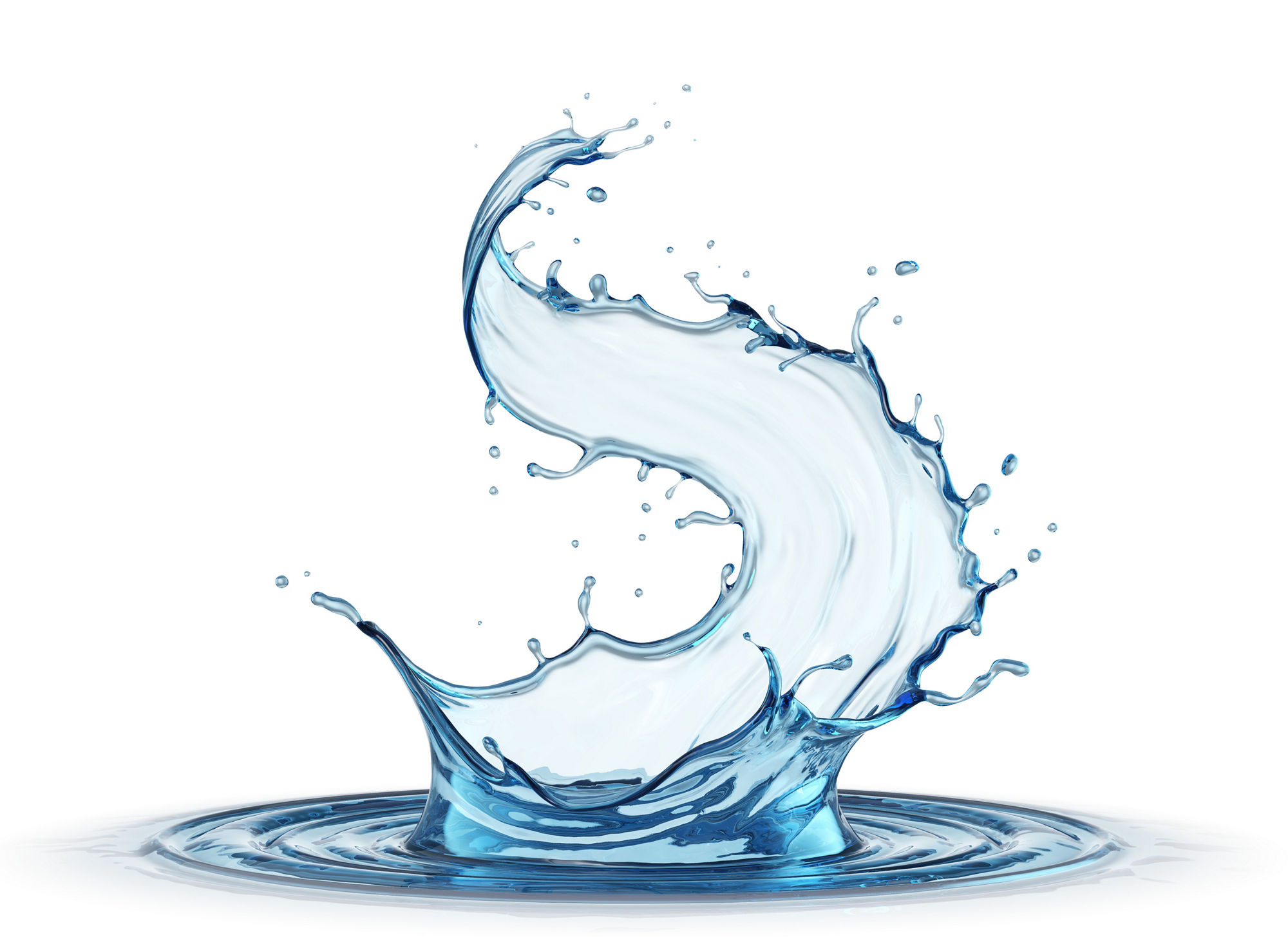Overview
MPD (3-Methyl-1,5-pentanediol) is a diol which is an isomer of 1,6-hexanediol. MPD is amorphous, giving excellent properties to polyurethanes.: outstanding softness, high transparency and compatibility, owing to the methyl branch in the middle of its structure.
ND (1,9-Nonanediol) is a diol with a straight chain alkyl group. The melting point is relatively high thanks to the log chain, but a viscosity of 60oC is the same as acetone.
Further information about Diol


